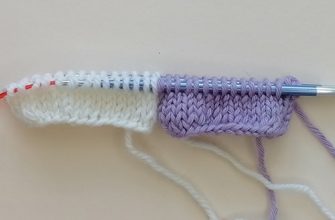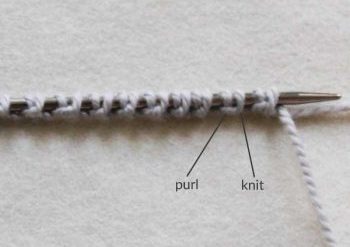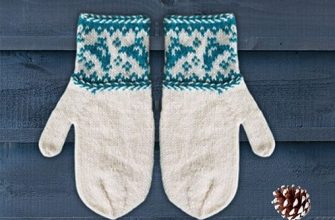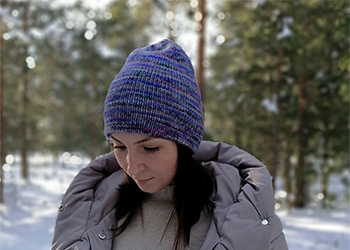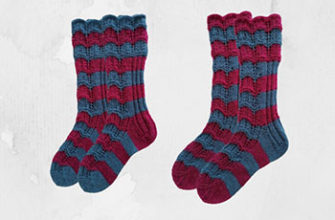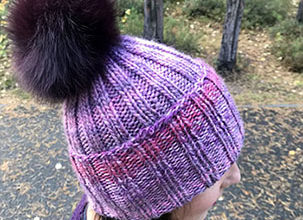The Tubular Cast-On provides a seamless start to your knitting, ensuring a polished and tidy beginning.
Many knitters tend to stick to their favorite cast-on method for every project. However, it’s essential to recognize that different projects might require distinct cast-on techniques for the best results.
For instance, the tubular cast-on is an exceptional method that offers a seamless and polished edge, ideal for ribbing. When used on a hat, its neat finish remains visible and attractive even when the brim is turned up. It’s worth mastering this technique, rather than sticking solely to one’s preferred method.
The tubular cast-on is used to start knitting ribs 1*1, 2*2 or English rib. As a result, the edge of the product with this method of casting on stitches turns out to be elastic, and the lower edge does not stretch.
There are several different ways to work with a tubular cast-on, but we’ll show you one of our favorite because it’s so easy!
The Tubular Cast-On
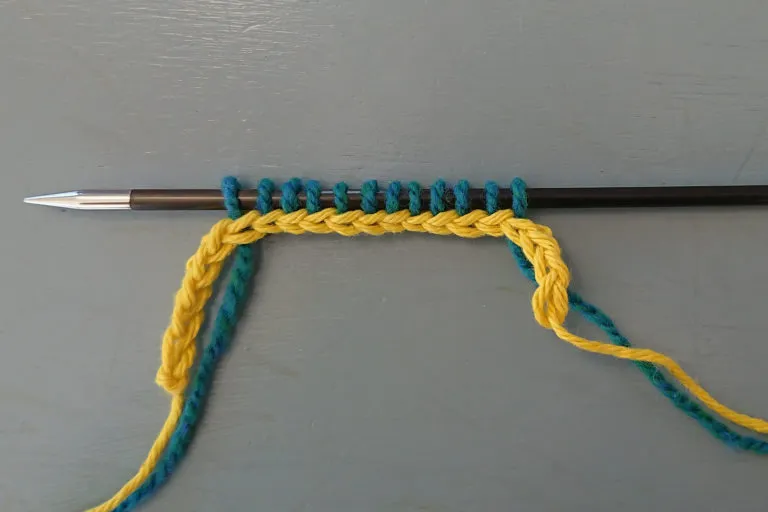
- Using the crochet chain provisional method, CO an even number of sts (1 row of working yarn loops on needle). If you’re working in the round, don’t join the sts yet.
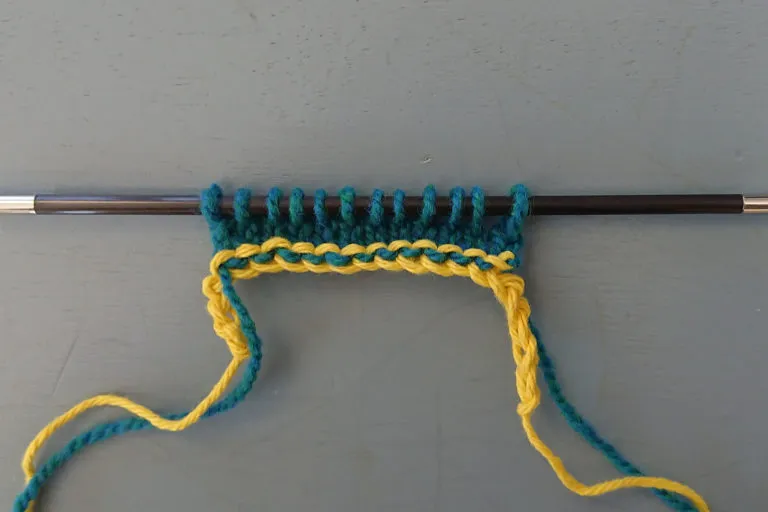
- Knit 1 RS row. Purl 1 WS row.
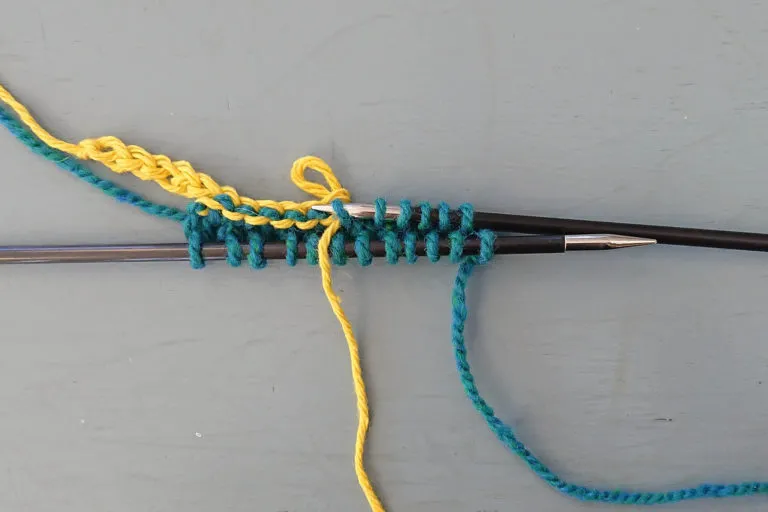
- Remove waste yarn from provisional CO and place CO sts onto another needle, making sure both needles have the same number of sts.
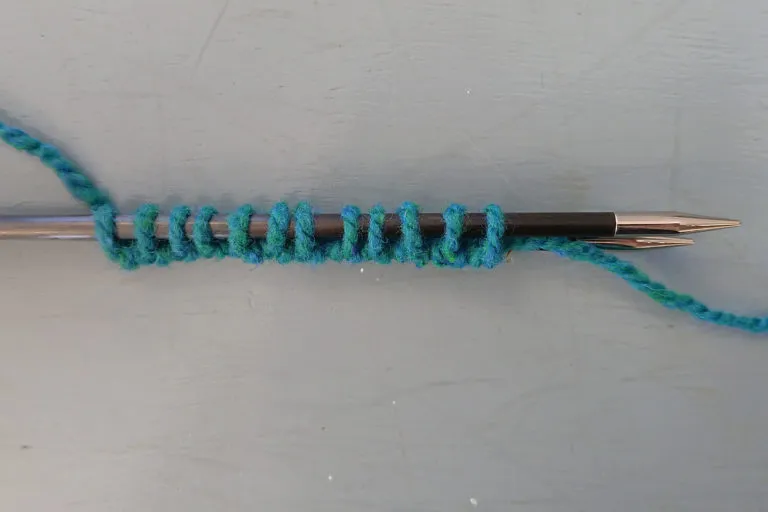
- Bring needle with CO sts up behind working needle with WS tog. Next you can knit the ribs. For the rib, knit one, purl one, with the third knitting needle, knit 1 from the first needle, purl 1 from the second needle. It’s simple!
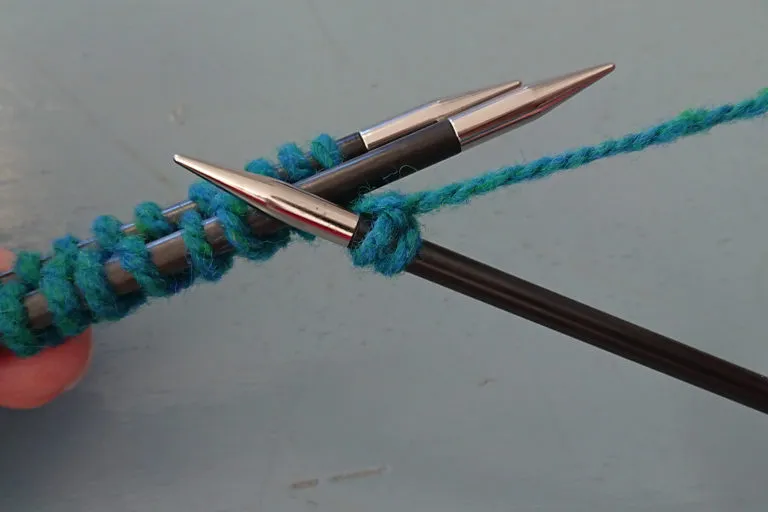
- I’ll show you how to knit a rib knit 2, purl 2. With 3rd needle and RS facing, *k2 from front needle,…
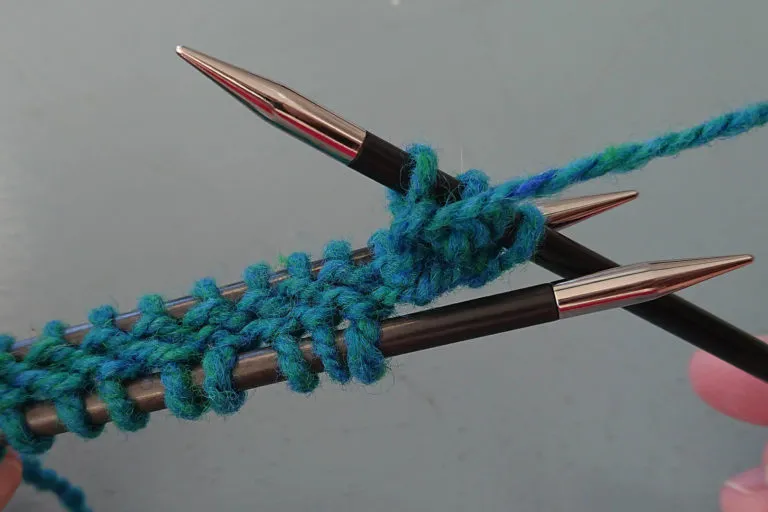
- then p2 from back needle.
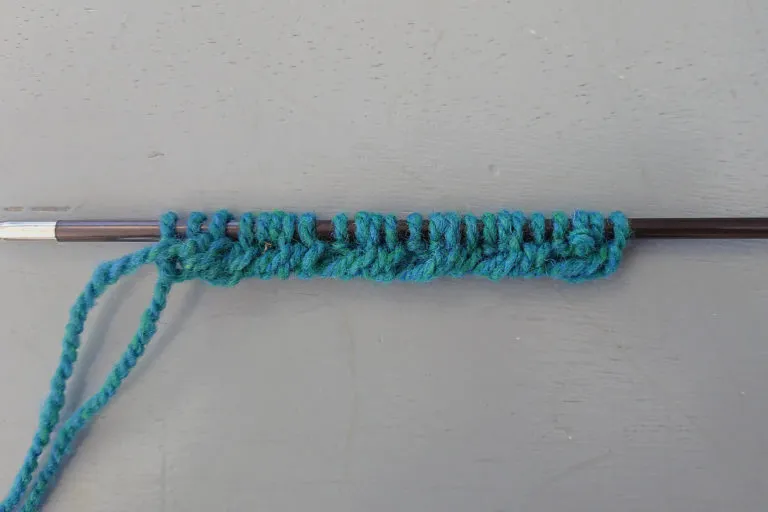
- Rep from * to end. The stitch count has been doubled.
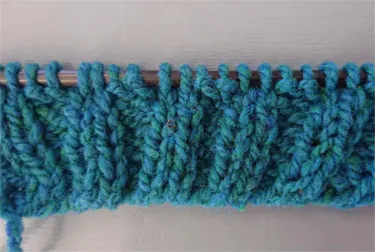
- Work in k2, p2 rib, working either circularly or back and forth in rows.
- Now that you have a beautiful new cast-on to add to your repertoire.
The tubular cast-on is used to knitting ribs 1*1, 2*2 or English rib. As a result, the edge of the product with this method of casting on loops turns out to be elastic, and the lower edge does not stretch.
Read also:

